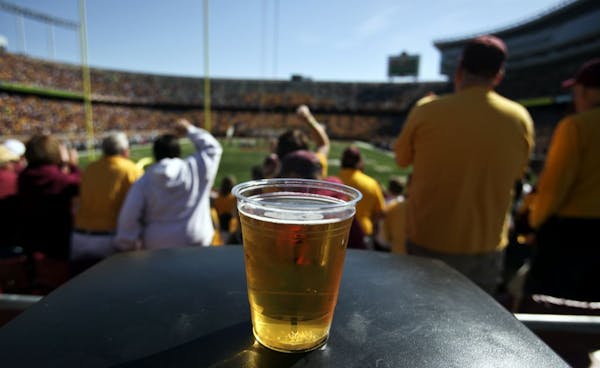Wednesday, the first day of spring, was a cold day in a helluva fine place to live. And the sun shined bright on Minnesota's challenges that day, to judge from the Star Tribune's front page.
First, of course, there was the wake-up temperature predicted only too accurately for that first spring morning — an eye-opening 4 degrees. Global warming may imperil civilization, but Minnesota still seems likely to be the last cultural jewel to succumb.
Next came word that DFL leaders in the Minnesota House are proposing a temporary income tax "surcharge" on wealthy Minnesotans, which on top of a permanent "tax-the-rich" plan from DFL Gov. Mark Dayton, would apparently push the state's top tax rate into nation-leading contention.
Only California and Hawaii, it seems, tax the well-off (and highly mobile) as heavily as Minnesota would under this proposal.
And, really, what have they got that we don't?
Well, OK … but aren't we still the brainpower state?
Which brings us to the deepest riddle raised by the early spring news:
Exactly how many Ph.D.s does it take to lose money selling booze to football fans?
The University of Minnesota managed this marvel last year at TCF Bank Stadium, according to a news report, dropping some $16,000 on more than $900,000 in beer and wine sales. Fortunately, research has unearthed the cause, according to the story. Their expenses grew larger than their revenues.
"Maybe we were overstaffed," theorized one official.
It's a possibility. Of late, the U has become something of a national symbol of overstaffing and overspending in higher education, following a Wall Street Journal story singling out our beloved flagship for what's unappetizingly called "administrative bloat" — and after stories in this paper revealing, among other things, departing administrators enjoying lavishly paid leaves to "retool" themselves for a return to faculty jobs.
At the least, you'd think there would be somebody over there who's had time to pursue some cutting-edge, world-class research into how to make a go of it peddling beer at $7.25 a cup. Some Distinguished Regents Chair in Integrated Intoxicant Economics maybe — or a couple of frat boys who know how to run a kegger.
To be fair, an athletic department official told the newspaper that "we knew it [the first season] wasn't going to be profitable." Startup costs and all. Quite reassuring.
But a bit confusing, too, since only two weeks earlier, another U spokesman had told a legislative committee that the stadium alcohol operation had actually produced a profit — of $16,000. Presumably, this windfall was a surprise (e.g., "anomalous result") that might have caused your average world-class researcher to double-check before testifying to the Legislature.
But it seems it was only later that university officials realized the apparent profit was "a spreadsheet error."
Some of those college kids might be able help with computer skills, too.
At any rate, the news "is raising eyebrows among legislators" — ordinarily a crowd with world-class tolerance for humbug.
One lawmaker, saying he's taking some retooling time before pushing to expand the U's beer business, summed up my feelings about the overall look of Minnesota this spring when he added: "It certainly seems to raise a certain concern …"
It certainly does.
------------------
D.J. Tice is the Star Tribune's commentary editor.

D.J. Tice: No room for debate — it's been a great career

Dogmas of the stormy present confuse Civil War debate

The infinite elsewhere



